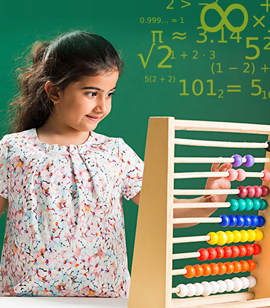 (+91) 9881591442 /
8668448592
(+91) 9881591442 /
8668448592 simasacademy2010@gmail.com
simasacademy2010@gmail.com Plot No. 76 77, Shop No. 1,
Panjewale Complex, IMS School Road, Meera Nagar,
Jule Solapur –413003
Plot No. 76 77, Shop No. 1,
Panjewale Complex, IMS School Road, Meera Nagar,
Jule Solapur –413003
